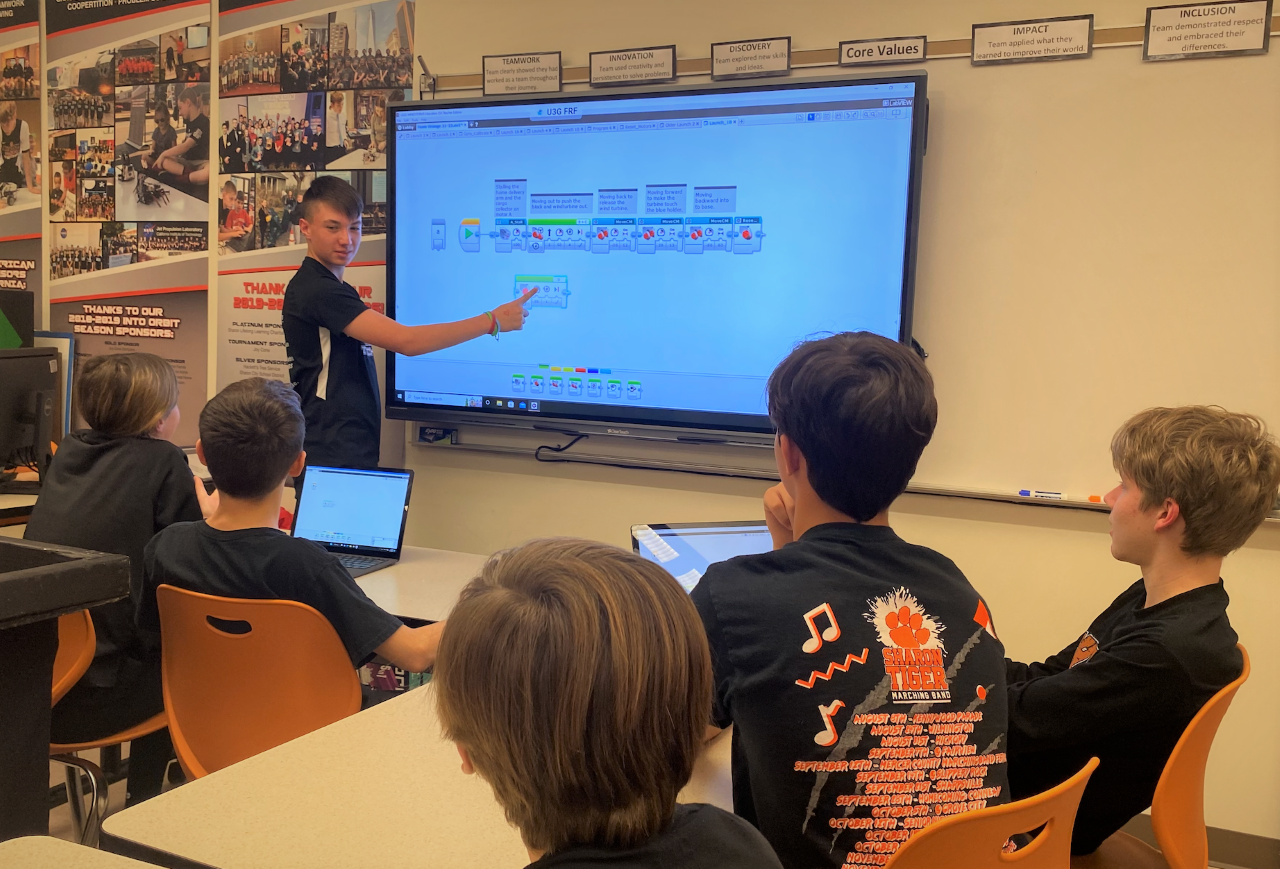
In this modern age, where technological advancements are shaping the way we live, there is a growing interest in finding ways to enhance the quality of life for the aging population. Aging in place, the ability to live independently and comfortably in one’s own home as they age, has become a popular concept. In this article, we will explore how good know-how, combined with technological innovations, can significantly assist people in aging in place.
What is Aging in Place?
Aging in place refers to the ability of individuals to remain in their own homes and communities as they age, rather than relocating to assisted living facilities or nursing homes. It involves creating a supportive environment that meets their changing needs and allows them to maintain their independence and dignity. Aging in place is not just about physical space but also encompasses social, emotional, and financial aspects.
The Importance of Aging in Place
Aging in place offers numerous benefits to older adults. It allows them to stay connected to their familiar surroundings, neighbors, and community, which can have a positive impact on their mental well-being. Additionally, it promotes a sense of autonomy and control over their own lives, leading to increased self-esteem and satisfaction. Research also suggests that individuals who age in place tend to have better physical and mental health outcomes compared to those who move to institutional settings.
Challenges of Aging in Place
While aging in place offers many advantages, it is not without its challenges. Older adults may face various physical, cognitive, and mobility limitations that can make independent living more difficult. They may also encounter social isolation and limited access to necessary support systems. Furthermore, safety and security concerns can arise, such as fall risks and emergency situations, which need to be addressed effectively.
The Role of Technology in Aging in Place
Technology plays a crucial role in facilitating aging in place. It offers innovative solutions that can enhance the safety, comfort, and overall well-being of older adults. From smart home devices to health monitoring systems, technology can provide valuable assistance in various aspects of daily life. Let’s explore some of the key ways technology can support aging in place.
Smart Home Devices for Aging in Place
Smart home devices are designed to automate and simplify everyday tasks, making them particularly helpful for older adults. Voice-controlled assistants like Google Home can assist with managing appointments, setting reminders, and even controlling other smart devices in the home. Smart thermostats, lighting systems, and security cameras can be programmed to meet specific needs and enhance comfort and security.
Health Monitoring Systems
Health monitoring systems enable individuals to track their vital signs, medication schedules, and overall health conditions conveniently. Wearable devices like smartwatches and fitness trackers can provide real-time data and alerts. These technologies help older adults and their caregivers monitor their well-being and identify any potential health issues promptly.
Communication and Social Connection
Social isolation is a common concern for aging individuals. Technology offers various communication tools and platforms that can bridge the gap and foster social connections. Video calling apps like Skype and Zoom allow face-to-face interactions with loved ones, even if they are physically distant. Social media platforms can also be a great way to stay connected with friends, family, and the community.
Safety and Security
Maintaining a safe living environment is essential for aging in place. Technology offers solutions such as personal emergency response systems (PERS) that can quickly connect older adults with emergency services in case of falls or other emergencies. Smart home security systems with motion sensors, doorbell cameras, and automated locks provide an added layer of safety and peace of mind.
Accessibility and Assistive Devices
Technology has revolutionized accessibility for older adults with mobility or sensory impairments. Assistive devices like stairlifts, grab bars, and smart home modifications can significantly improve accessibility within the home. Voice-controlled devices, large font displays, and voice assistants with accessibility features make it easier for individuals with visual or hearing impairments to navigate and interact with technology.
Home Modifications for Aging in Place
Adapting the physical environment of the home is an essential aspect of aging in place. Home modifications can include installing handrails, ramps, and non-slip flooring to prevent falls. Bathroom renovations, such as walk-in showers and raised toilets, can enhance safety and accessibility. It is crucial to create a barrier-free space that accommodates the changing needs of older adults.
Financial Considerations
Aging in place may involve financial planning to ensure the necessary resources are available for long-term support. It is essential to consider factors such as healthcare costs, home modifications, and potential caregiver expenses. Exploring options like long-term care insurance and government assistance programs can help alleviate financial burdens and ensure a secure future.
Community Support and Resources
Communities play a vital role in supporting aging in place. Local organizations, senior centers, and community programs can provide valuable resources and support networks. Services like meal delivery, transportation assistance, and home maintenance programs can help older adults maintain their independence while receiving the necessary support.
Planning for Aging in Place
Proactive planning is key to successful aging in place. It is important to assess current and future needs, including health, finances, and social connections. Developing a comprehensive plan that includes home modifications, healthcare arrangements, and support networks can help individuals and their families navigate the aging process with confidence and peace of mind.
Conclusion
As the aging population continues to grow, finding effective ways to support aging in place becomes increasingly important. Technology, combined with good know-how, offers a wide range of possibilities to enhance the lives of older adults. From smart home devices to health monitoring systems and community support networks, there are ample resources available to make aging in place a reality. By embracing these advancements, individuals can age with grace, independence, and dignity in the comfort of their own homes.





